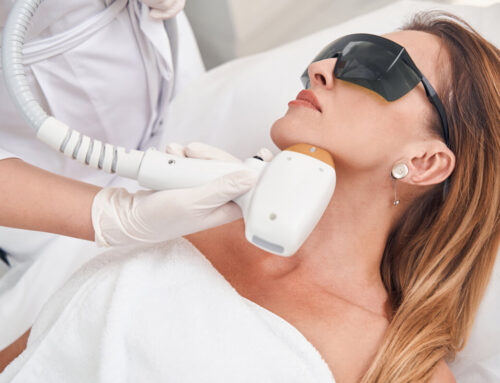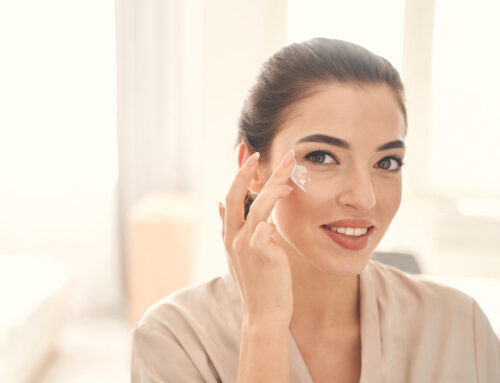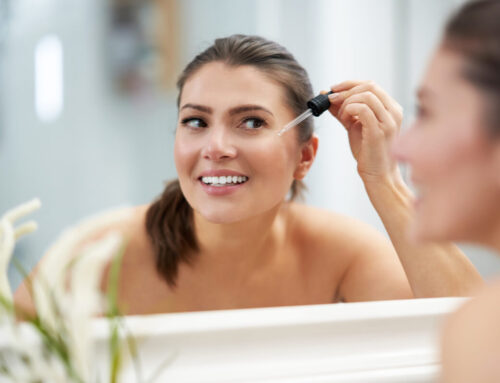Anyone who has struggled with acne in the past understands the frustration that comes with it. Some people seem to be unable to get the pimples gone no matter how often they wash their faces. What, perhaps, is worse than those conspicuous red zits? The scars they leave behind. Fortunately, the advent of scar therapy has eliminated the need to continue to be frustrated by acne scars.
What Are The Types of Acne Scars?
Identifying the acne scars you have is the first step in treating them. Look in the mirror to see what best describes the scars you are dealing with. Is it:
Depressed Scars
They travel deep into the skin and are sometimes known as “pitted” or “indented” acne scars. Some are relatively short, while others reach the skin’s deeper layers. These scars, which often develop on the forehead and cheeks, most likely result from inflammatory acne. The three distinct types are as follows:
- Rolling Scars: They are characterized by broad depressions and sloping borders. They can be shallow or deep, but the cause is most likely chronic inflammatory acne. Rolling scars become increasingly obvious with age due to the skin losing its suppleness and volume. These scars respond well to therapy since the edges are rolled.
- Boxcar scars: These scars also cause large skin depressions, but the edges are well-defined. The edges are more challenging to treat since they are steeper and more distinct from the surrounding skin.
- Ice-pick scars: These are deep, narrow scars that look like an ice-pick wound or an open, expanded pore. It is the most challenging to cure because it is the deepest depression scar.
Hypertrophic or Raised Scars
If you have a raised scar, you likely previously had a cyst. It usually results from excessive scar tissue left over after the cystic acne is healed. It protrudes from the skin as a thick, rubbery scar tissue growth. These scars are less frequent than others, but if you have them, they’re probably on your chest, back, or jawline – areas where you had cystic acne. Raised scars heal quickly after being treated. Raised acne scars can be particularly effectively smoothed off using laser resurfacing.
Discoloration
You most likely experience skin discoloration if you’ve ever had acne. These spots don’t have the same pigment as the rest of your skin, whether brown, red, or white. Frequently, the discoloration disappears over time. But occasionally, the color shift is irreversible. There are treatments available for each of the three types of discoloration.
- Hyperpigmentation
If the discoloration of brown, you are most likely dealing with hyperpigmentation. The melanin-producing cells that repair the damage caused by acne overproduce melanin. As a result, you now have a persistent area that looks like a freckle. There are several therapies used to treat hyperpigmentation. We use laser, hydroquinone, or topical retinoids (so you can slough off the discolored skin).
- Hypopigmentation
Hypopigmentation results from bright spots caused by a lack of melanin. With skin damage, melanocytes in the wounded area are either depleted or lose their capacity to produce melanin. This happens when scar tissue has replaced healthy skin. Scar tissue is more obvious in those with darker skin tones because of its bright pink color. Hypopigmentation is rarely removed completely by treatments. However, chemical peels and laser resurfacing can help to achieve a more even skin tone.
- Erythema
Erythema is a persistent redness caused by skin cells that have been destroyed. A crimson patch develops when tiny capillaries close to the skin’s surface permanently dilate. It frequently occurs in acne sufferers and is more visible on lighter skin. Intense pulse light phototherapy is usually recommended to treat the condition or a topical medicine to temporarily reduce vasodilation.
How Can I Get Rid of Post-Breakout Marks?
Once a blemish has gone, and a red, brown, or purple mark is all that’s left, it’s time to concentrate on three things:
- Exfoliation to remove discoloration
We can remove discolored skin cells from the skin’s surface using mild chemical exfoliation. They can also be removed from the skin using a gentle face scrub, which would be a mechanical exfoliation, twice a week. The secret to removing all forms of hyperpigmentation is this two-step exfoliating procedure. You should moisturize after applying your regular exfoliating acid serum in the evening.
- Reduce Melanin Activity by Applying a Vitamin C Serum
When you’re exfoliating the skin and eliminating dry, discolored surface cells, a product with brightening chemicals can absorb deeper marks and aid in reducing melanin activity. Various vitamin C derivatives, including magnesium ascorbyl phosphate, help to reduce redness and lighten post-breakout scars gradually. This is also beneficial for post-inflammatory erythema.
- Apply sunscreen to avoid activation of pigment cells by UV light
People frequently overlook something quite significant. Even on cloudy days, you are exposed to UV light, which naturally activates melanin cells. UV radiation will accentuate post-breakout markings, a sign of overactive melanin cells. You MUST wear sunscreen every day. Given that it provides pigment cells with a chance to calm down, it is undoubtedly the most effective solution for fading post-breakout signs. If you are prone to acne, use one that is lightweight. After all, you certainly don’t want your sunscreen to cause the development of new pimples.
Schedule a Treatment for Acne Scars Right Now
Are you ready to begin the process of having your scars removed? Schedule an appointment at Eye Candy Vision and Beauty Clinic, Arcadia, and we’ll work with you to determine the best course of treatment.
MEDICAL ADVICE DISCLAIMER: All content in this blog and description including: information, opinions, content, references and links is for informational purposes only. The Author does not provide any medical advice on the Site. Accessing, viewing, reading or otherwise using this content does NOT create a physician-patient relationship between you and its’ author. Providing personal or medical information to the Principal author does not create a physician-patient rela-tionship between you and the Principal author or authors. Nothing contained in this blog or it’s description is intended to establish a physician-patient relationship, to replace the services of a trained physician or health care professional, or otherwise to be a substitute for professional medical advice, diagnosis, or treatment. You should consult a licensed physician or appropriately-credentialed health care worker in your community in all matters relating to your health.






